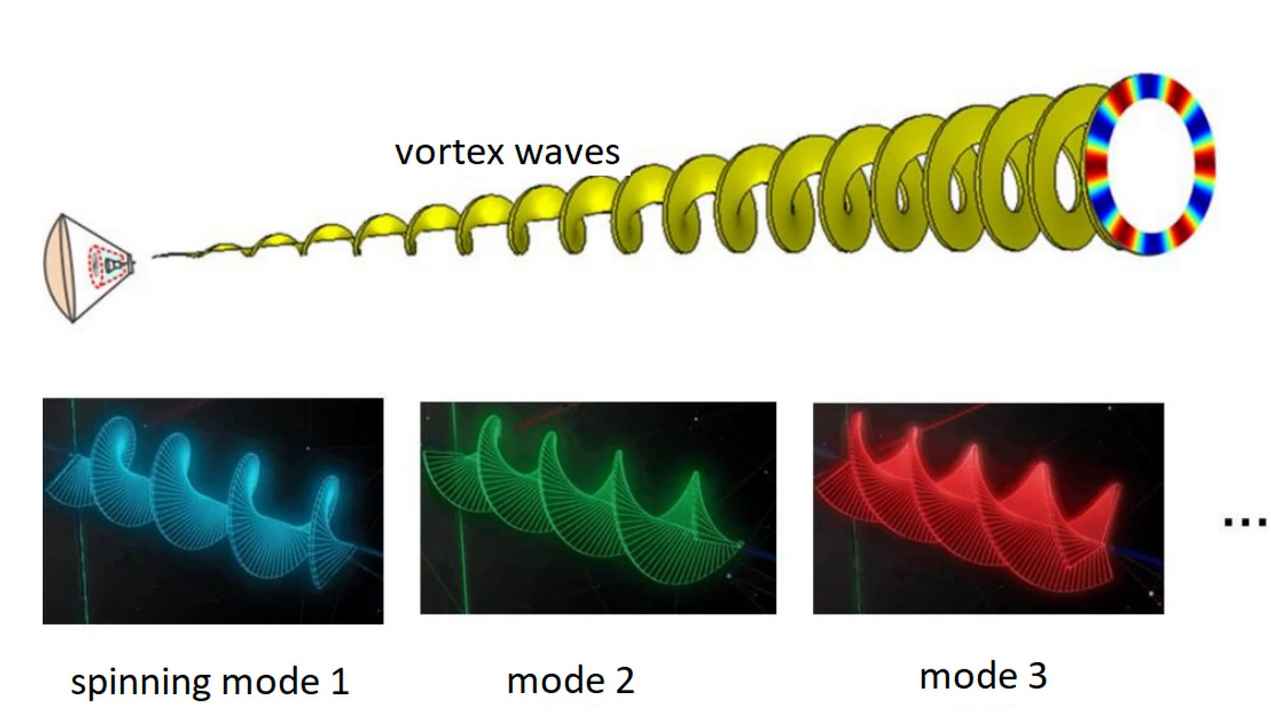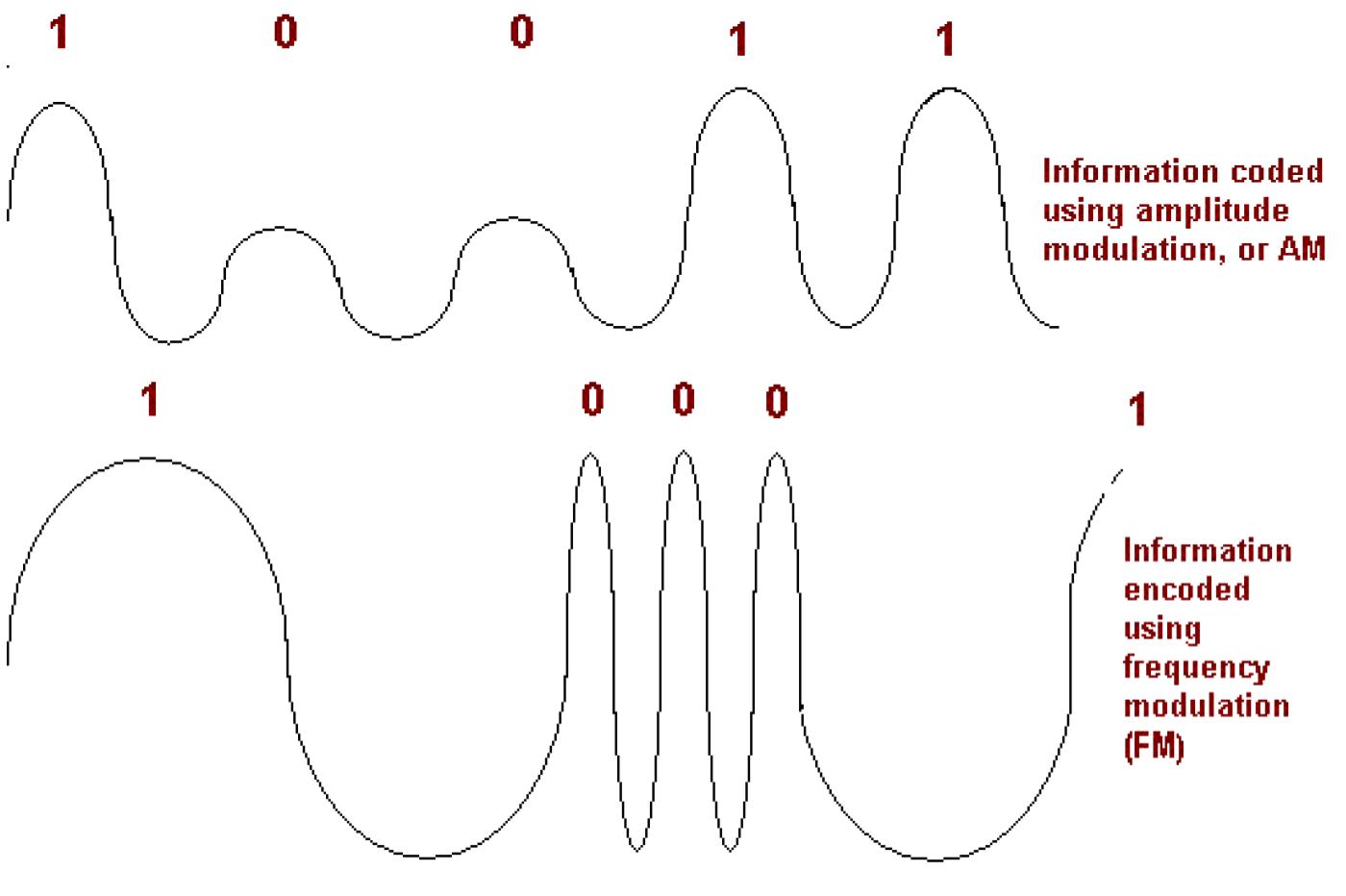
Do you find 5G fast? Wait to see what 6G could have in store for us in about ten years.
5G continues to be talked about even though it is not even fully deployed yet. But it takes much more to stop research, and work on 6G, which has already been launched for a long time. Recently, Chinese researchers presented their progress in this area; they managed to transmit 1 terabyte of data over a distance of one kilometer in less than a second. A figure which constitutes a “world record” according to the authors.
This simply astonishing speed is the result of the work of the team of Zhang Chao, professor at Tsinghua University. To put this figure in context, this rate would transmit the equivalent of 1,200 double-layer Blu-Ray discs per minute. Currently, this system is being tested on an experimental line integrated into the infrastructure of the Olympic Games currently being held in China.
Waves, a flexible and powerful transfer medium
A wave is nothing more than the propagation of a disturbance. Among the parameters that define it, there are two that are particularly important: the duration at the end of which this disturbance is repeated, and its Powerful. Mathematically speaking, this corresponds to the wave frequency and amplitude.
Take the example of a body of water into which a stone is thrown. The wavelets on the surface make it possible to visualize the wave produced by the impact; their height depends on the amplitude of the wave, and the gap between the waves represents its frequency. If a meaning is attributed to a particular frequency or amplitude, it is therefore possible to constitute a sort of code; for example, we can arbitrarily decide that a given amplitude corresponds to a 1, and that another value represents a 0. Functionally speaking, each pulse then becomes a bit; it is then enough to modify these parameters to convey a message to our wave.
This is a phenomenon that you know very well in the context of radio. On AM channels (Amplitude Modulation), the information is encoded by varying the amplitude of the signal. On FM channels (Frequency Modulation), on the other hand, the same result is achieved by playing on the pulse frequency. This is a relatively basic example, but there are also much more complex systems that exploit these two parameters at the same time.
Never two without three
It’s an extremely solid and versatile approach; so it’s no surprise that the concept has survived decades of innovation. But today, the modern digital ecosystem requires ever-increasing amounts of data that feels very cramped in both dimensions.
To lay the groundwork for a new paradigm, the researchers used a technology they refer to here as “vortex waves”. The fundamental difference compared to previous generations is that it is a matter of very summarily three-dimensional waves. It is an idea that is rather difficult to imagine; very vulgarly, instead of moving “up and down” as in the previous example, a three-dimensional wave propagates around an axis, a bit like a thread.
This means that in addition to the amplitude and the frequency, it is also possible to play on another parameter which does not define the “height” of the wave or its “length”, but its rotation. We then speak of the angular momentum of the wave. This is a very important difference in practice, because mathematically speaking, this dimension simply represents an additional storage medium in the same space. On paper, it is therefore possible to obtain higher throughputs of one or even several orders of magnitude.

A taste of the future of telecoms?
The concept has been known for a long time; the South China Morning Post cites the example of English physicist John Henry Poynting, who identified the potential of these waves at the very beginning of the 20th century. But the technology of the time was insufficient to exploit the idea; in particular Poynting and his successors have never succeeded in solving the problem of the progressive widening of the wave front, which results in a weakening of the prohibitive signal. The idea fell into oblivion for years.
It was only during the 2000s and especially 2010 that the vortex waves came back to the fore. A few remarkable advances paved the way for Chinese researchers, who were then able to produce a new type of transmitter capable of producing a more concentrated signal. This allowed them to override the enlargement cited above to preserve signal integrity, and thus achieve these incredible speeds.
It is therefore a resounding proof of concept, the implications of which go far beyond pure speed. For researchers, the opening of a third dimension could well represent a radical paradigm shift, likely to revolutionize the world of telecommunications. Now that this door is open, eyes are already on the next steps. Some speak, for example, of juxtaposing several of these “swirling” waves, which would again make it possible to increase the amount of data exponentially.
For the general public, the concrete benefits of these discoveries will probably not be felt before the next decade. But it is in any case a superb proof of concept which we will certainly hear again in the future.





